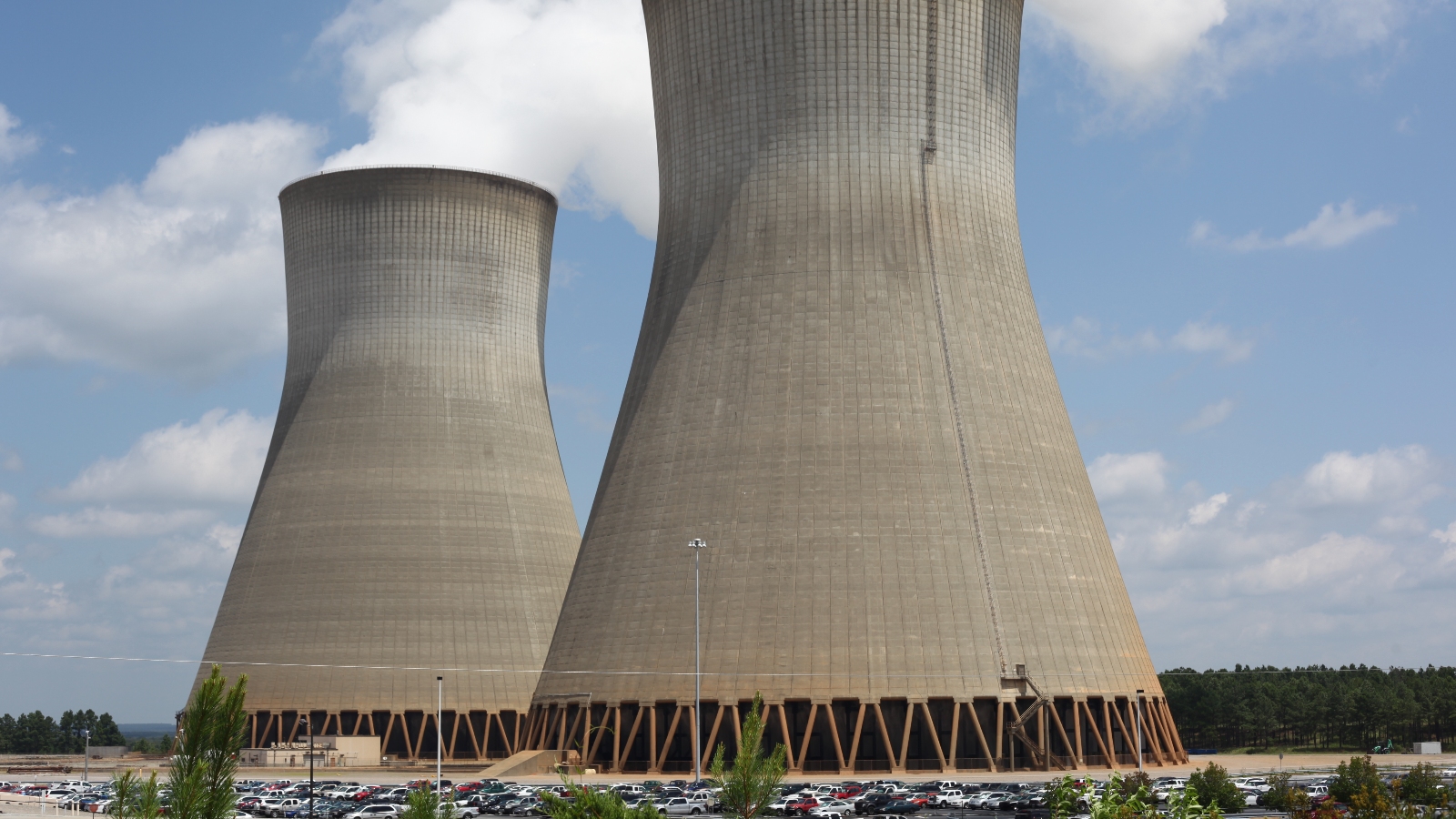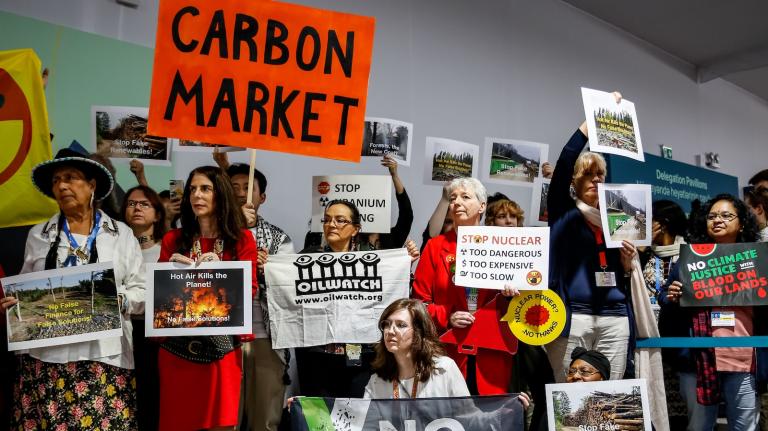Editor’s note: Grist is hosting a free virtual event on January 9, 2025, at 2 p.m. EST / 11 a.m. PST to analyze the progress and challenges seen at the U.N. climate conference known as COP29. Join Grist’s Jake Bittle in conversation with attendees and experts about where global climate negotiations go from here. Register here.
U.S. President-elect Donald Trump is no fan of renewable energy. He has said solar power is too expensive to work at scale, threatened to impose steep taxes on solar panels arriving from abroad, and advanced seemingly unfounded claims that many rabbits “get caught in” solar installations and die. On wind energy, Trump is even more voluble: He has made sweeping claims that wind turbines kill whales and “thousands” of bald eagles, that they break down in saltwater, and that they “ruin the atmosphere.” It’s no surprise, then, that Trump’s Republican Party is expected to repeal many of President Joe Biden’s landmark measures promoting renewable energy.
That puts the Biden administration’s delegation at the United Nations climate summit in Baku, Azerbaijan, in an awkward position. At COP29, as this year’s conference is known, governments are expected to tout major new policies to fight climate change. But anything the outgoing administration announces now could be dead on arrival when Trump is inaugurated in January.
Nevertheless, the Biden team appears to be hoping that a push for one of the world’s most controversial forms of zero-emissions power will be more palatable to the president’s successor. On the conference’s third day on Wednesday, the administration announced that it would set a goal to triple U.S. nuclear power capacity by 2050. That would involve adding around 200 gigawatts of new nuclear generation by supporting both the kinds of large reactors familiar to many Americans as well as new “small modular” facilities that are easier to construct and permit. The administration pledged to work with nuclear developers and power utilities to find the cheapest and easiest places to build big plants — and to push out almost $1 billion in support for small modular reactors.
“Over the last four years, the United States has really established the industrial capacity and the muscle memory across the economy to carry out this plan,” said Ali Zaidi, the White House national climate advisor, in an interview with Bloomberg at COP29.
Biden officials are well aware that Trump and the Republican Party have frequently embraced nuclear energy as a reliable and clean solution for the country’s growing electricity needs. The party’s platform this year stated that “Republicans will unleash energy production from all sources, including nuclear.” Earlier this year, a Pew Research poll found that around two-thirds of Republican voters support expanding nuclear power, a higher rate than for Democrats. As John Podesta, Biden’s senior climate advisor, said during a press conference at COP29, “The desire to build out next-generation nuclear is still there.”
However, the Republican Party — and even the president-elect himself — is hardly of one mind when it comes to nuclear power. During his three-hour interview with the podcaster Joe Rogan, Trump said that nuclear power is “very clean” but also noted that the reactors “get too big and too complex and too expensive,” citing significant cost overruns and delays at Georgia’s Plant Vogtle, where new nuclear reactors opened this year.
Still, Malwina Qvist, the director of the nuclear energy program at the research and advocacy nonprofit Clean Air Task Force, said nuclear power has the potential to be a rare area of consensus between Biden and Trump when it comes to climate change and energy, especially given recent pushes to revive nuclear power in localities across the country. California lawmakers passed a bill earlier this year that will enable the state’s Diablo Canyon power plant to stay open through 2030, juiced by a $1.1 billion investment from Biden’s Inflation Reduction Act. Meanwhile, in September, Microsoft announced that it would buy power from a reopened nuclear plant at Pennsylvania’s Three Mile Island, the site of an infamous reactor meltdown in 1979.
“We’ve seen bipartisan support for nuclear energy over the years, and growing appetite for developing new and preserving existing nuclear energy from governors in red and blue states alike,” she said. Qvist added that her organization aims to “preserve the gains made during this administration, and to advance them during the next.”
But fears that reactor meltdowns will lead to disastrous releases of radiation, as well as the fact that nuclear waste remains radioactive for millennia and must be stored in secure locations, can make nuclear energy a hard sell. A number of environmental organizations, including the Union of Concerned Scientists, oppose a nuclear revival for these reasons. Even so, over the course of its history there have been far fewer deaths attributed to nuclear per unit of energy created than to the fossil fuel-powered plants it can replace.
Either way, the Biden administration’s last-minute nuclear agenda is unlikely to be enough to triple power generation on its own. Much recent investment in the U.S. nuclear space has gone toward keeping alive or reopening the plants that already exist across the country, but building a fleet of large new reactors would require billions of dollars more in new capital — more even than the massive Inflation Reduction Act, the largest clean energy investment in U.S. history, provides through its tax subsidy provisions.
“To fulfill this demand will necessitate a step-change in financing,” said Rafael Mariano Grossi, director general of the International Atomic Energy Agency, a global nuclear advocacy organization, on the eve of COP29. “Financing nuclear power plants, particularly the upfront costs, requires government participation.”
The Biden administration can lay the groundwork for nuclear growth, but it will be up to Trump and his new Republican Congress to decide whether they want to provide that participation.





